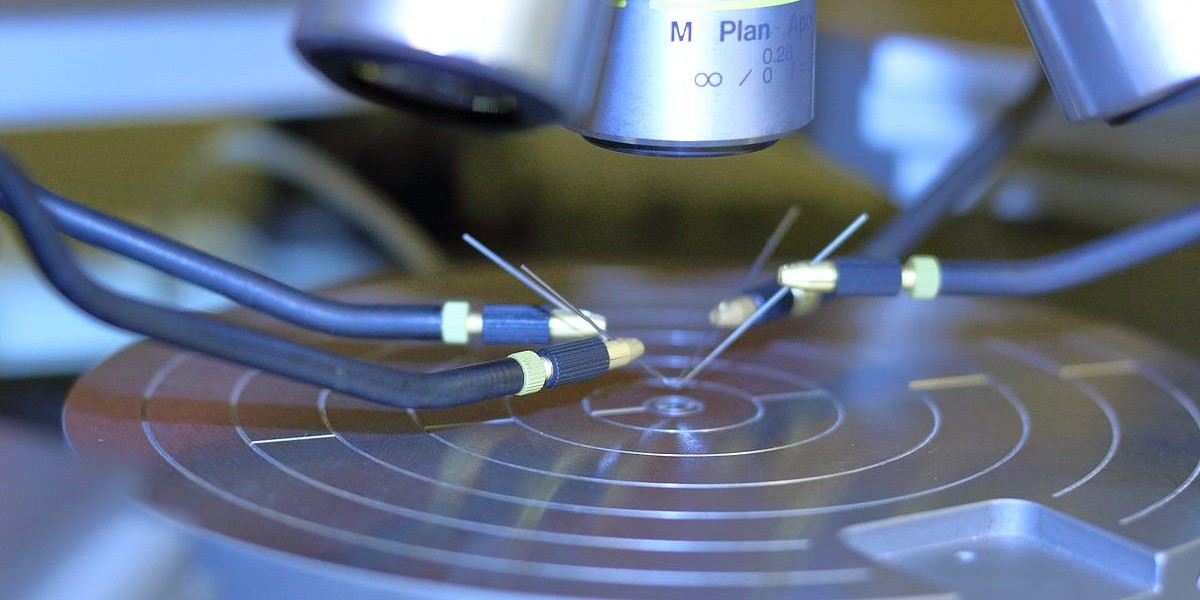In this blog, we will explore the fascinating world of embedded systems, their characteristics, applications, and the impact they have on shaping our digital future.
Understanding Embedded Systems:
An embedded system is a specialized computing system designed to perform specific tasks or functions within larger electronic devices or machinery. Unlike general-purpose computers, embedded systems are purpose-built, highly efficient, and often operate with limited resources. They can be found in an astonishing array of products, from consumer electronics to critical infrastructure.
Key Characteristics of Embedded Systems:
Dedicated Functionality: Embedded systems are designed to execute specific functions, optimizing performance for a particular task.
Real-time Operation: Many embedded systems operate in real-time, meaning they respond to inputs and produce outputs within specific time constraints.
Resource Constraints: Due to their targeted nature, embedded systems typically have limited processing power, memory, and storage capacity.
Integration: Embedded systems are tightly integrated with the devices they control, often residing on a single chip or microcontroller.
Applications of Embedded Systems:
Consumer Electronics: From smart TVs and wearable devices to home automation systems, embedded systems enrich our daily lives with convenience and interactivity.
Automotive Industry: Embedded systems control various functions in modern cars, including engine management, entertainment systems, and driver assistance features.
Healthcare: Medical devices such as pacemakers, infusion pumps, and patient monitoring systems rely on embedded systems for precise and life-critical operations.
Industrial Automation: Embedded systems drive efficiency in manufacturing processes, robotics, and control systems, improving productivity and safety.
Internet of Things (IoT): IoT devices leverage embedded systems to connect and exchange data, enabling seamless communication between devices and cloud platforms.
Challenges and Innovations:
Security: As embedded systems become increasingly interconnected, ensuring their security against cyber threats becomes a critical challenge.
Energy Efficiency: With the rise of battery-powered devices, optimizing the energy consumption of embedded systems is crucial for extended usage.
Software Updates: The ability to remotely update embedded system software is vital to address vulnerabilities and introduce new features.
Future Outlook:
The future of embedded systems holds immense promise as technology continues to advance. Innovations such as edge computing, machine learning, and advanced sensors will further enhance the capabilities of embedded systems. They will play a pivotal role in shaping emerging fields like smart cities, autonomous vehicles, and healthcare advancements.
Conclusion:
While often operating behind the scenes, embedded systems are the unsung heroes of modern technology, powering the devices and machinery that have become an integral part of our lives. From enhancing our daily convenience to driving ground breaking innovations, embedded systems continue to revolutionize industries and push the boundaries of what is possible








